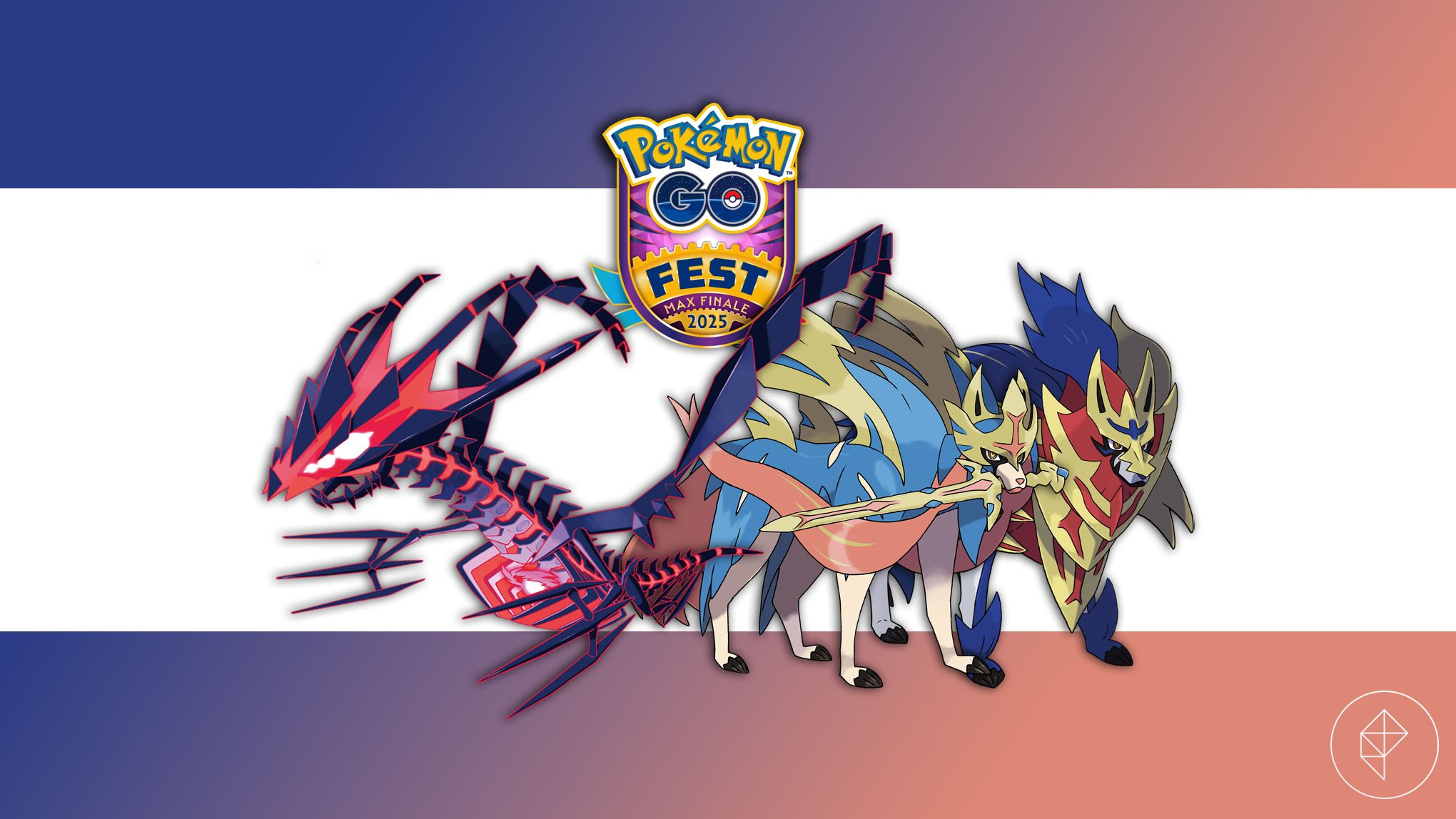-
Hospitality in the Baltics: Independent Hotel vs Chain Hotel – Image Credit Lighthouse
Once hidden behind the Iron Curtain, the Baltics have transformed over the past three decades into dynamic, independent nations with strong economies and growing appeal to international travelers. In this article, we explore how independent and chain hotels are faring in the Baltics and what it takes to stay ahead.
Comprising Estonia, Latvia and Lithuania – conveniently listed in alphabetical order from north to south – the Baltic region is a captivating corner of Northern Europe to the east of the Baltic Sea, where medieval towns, pristine coastlines and vibrant cultural scenes converge.
Once hidden behind the Iron Curtain, the Baltics have transformed over the past three decades into dynamic, independent nations with strong economies and growing appeal to international travelers.
Known for their affordability, rich history and compact accessibility, the region has seen a steady rise in tourism since joining the EU in 2004. While travel demand dipped during the pandemic, recent years have brought renewed interest from both leisure and business travelers.
Understanding how hotels, particularly independent properties, perform in this evolving landscape is crucial for hoteliers and hotel owners navigating today’s competitive environment.
In this article, we explore how independent and chain hotels are faring in the Baltics and what it takes to stay ahead.
Travel demand: 2025 outlook for the Baltics
Throughout 2025, travel demand across the Baltics is expected to remain strong, driven by increasing interest in culturally rich, budget-friendly European destinations.
The peak travel season typically runs from May to September, when the region enjoys long daylight hours and numerous festivals.
Tallinn, Riga and Vilnius – the respective capitals and largest cities of Estonia, Latvia and Lithuania – remain the top urban destinations, known for their well-preserved old town districts, vibrant food scenes and accessibility.
Estonia continues to attract the most international visitors, largely due to its advanced digital infrastructure, proximity to Finland and strong appeal to Nordic and Western European markets.
Latvia sees steady demand, particularly in Riga, which benefits from frequent low-cost airline connections.
And Lithuania is seeing growing momentum, with Vilnius becoming increasingly popular among younger travelers and city-break tourists.
Travelers to the Baltics primarily come from Germany, the UK, Finland, Sweden and Poland, though regional and intra-Baltic travel also plays a role. Understanding these patterns is key for hoteliers looking to align pricing, distribution, and marketing strategies with seasonal and regional travel behavior.
Baltic travel trends to know
In 2025, the Baltic region is experiencing a surge in tourism, driven by travelers seeking authentic, immersive experiences in cooler climates. This trend, often referred to as ‘cool tourism’, positions the Baltics as an attractive alternative to traditional southern European destinations, especially during increasingly hot summers.
Leisure travel remains the primary motive, with visitors drawn to the region’s rich cultural heritage, medieval architecture and vibrant festivals.
Top attractions include Tallinn’s Old Town, Riga’s Art Nouveau district and Vilnius’s baroque architecture. Nature tourism is also on the rise, with national parks like Gauja in Latvia and Aukštaitija in Lithuania offering hiking, cycling and birdwatching opportunities.
Sustainable tourism is gaining momentum, with travelers showing increased interest in eco-friendly accommodation and activities that minimize environmental impact. This shift aligns with the region’s commitment to preserving its natural and cultural resources.
Additionally, there’s a growing demand for wellness and fitness-oriented vacations; increasingly, tourists are seeking holidays that combine relaxation with physical activities, such as yoga retreats, cycling tours and nature walks, reflecting a broader trend towards health-conscious travel.
These evolving preferences highlight the Baltics’ appeal to modern travelers seeking meaningful, sustainable and health-focused experiences.
How do the Baltics compare to the rest of Europe?
While Europe’s tourism sector is experiencing a robust rebound in 2025 – with international tourist spending projected to rise by 11% to $838 billion – the Baltic region’s recovery is progressing at a more measured pace.
Countries like France and Spain are anticipating record-breaking visitor numbers, bolstered by strong demand from neighboring countries and long-haul travelers.
In contrast, the Baltic states are still regaining their pre-pandemic tourism levels. As of early 2024, Latvia had recorded a 34% decline in international arrivals compared to pre-pandemic figures, with Estonia and Lithuania experiencing decreases of 15% and 14%, respectively.
However, there are promising signs of recovery. Year-on-year data indicates that Latvia and Estonia have seen increases of 12.7% and 10.7% in foreign arrivals, respectively. This gradual uptick suggests that, while the Baltics may not yet match the rapid growth seen in Southern Europe, they are steadily attracting more visitors.
What’s more, the Baltics are benefiting from emerging travel trends favoring less crowded, authentic destinations. As travelers seek alternatives to traditional hotspots, the unique cultural and natural offerings of the Baltic states position them well to capitalize on this shift in preferences.
Independent vs Chain Hotels: How do they perform in the Baltics?
Independent hotels, which are typically owner-operated properties offering unique, localized experiences, have historically dominated the Baltic hospitality landscape. In contrast, chain hotels are part of larger, often international, brands with standardized services and broader marketing reach.
In recent years, there’s been a noticeable shift in the Baltic hotel market. Several independent establishments have aligned with larger hotels or international chains, indicating a trend towards consolidation. This movement suggests that chain hotels are gradually increasing their presence in the region, potentially impacting the market share of independent and boutique hotels.
Performance metrics also reflect this dynamic. For instance, in Poland – a neighboring country – branded hotels achieved an average occupancy rate of 69.2% in 2024, up from 66.9% the previous year. While specific data for the Baltic states is limited, this trend is likely to indicate a broader regional pattern where chain hotels are capturing a significant share of the market.
Despite these challenges, the value of independent hotels in the Baltics continues to reveal itself to travelers seeking authentic experiences, emphasizing personalized service and local charm.
Top hotel chains in the Baltics
The Baltic hospitality landscape features a blend of international hotel chains and regional brands, each contributing to the region’s growing appeal to global travelers.
Accor, Hyatt, Ibis, Mercure: plenty of big hotel brands thrive in this region; here are some of the chains we’d draw particular attention to:
-
Radisson Hotel Group: A dominant force in the Baltics, Radisson operates multiple properties across Estonia, Latvia and Lithuania. Notably, the Radisson Blu Hotel Lietuva in Vilnius boasts 478 hotel rooms, making it one of the largest in the region.
-
Hilton Worldwide: Hilton has expanded its presence with properties like the Hampton by Hilton Riga Airport, offering 189 rooms and catering to both business and leisure travelers.
-
Marriott International: Through its Courtyard by Marriott brand, Marriott has established a foothold in Vilnius, providing modern accommodation for discerning guests.
-
Kempinski Hotels: This luxury brand operates the Grand Hotel Kempinski in both Riga and Vilnius, offering upscale experiences in prime city locations.
-
Sokos Hotels: A Finnish chain with a presence in Tallinn, Sokos Hotels caters to travelers seeking Scandinavian-style hospitality.
While independent hotels still constitute a significant portion of the market, the expansion of these chains indicates a trend towards branded accommodation, offering standardized services and amenities that appeal to a broad spectrum of travelers.
How can independent hotels stay competitive?
Independent hotels in the Baltics often face an uphill battle when competing with large hotel chains.
Limited marketing budgets, fewer distribution channels and smaller operational teams can make it harder to attract guests from international markets or negotiate with online travel agencies (OTAs), whereas chains benefit from global brand recognition, loyalty programs and centralized resources, giving them a strong competitive edge.
However, staying competitive in the hospitality industry is far from impossible.
As an independent hotelier, you can thrive by embracing smart technology, partnering with local tourism boards and highlighting your unique offerings, like personalized service, distinctive character or authentic local experiences, techniques discussed alongside others in our downloadable handbook.
With the right business model and tech strategy, even small independent hotels can outperform chain rivals in key areas like guest satisfaction and niche appeal.
The key is focusing on strengths and leveraging tools that level the playing field, especially when it comes to pricing, channel visibility and data-driven decision-making.
Offer unique and personalized experiences
Independent hotels are uniquely positioned to deliver highly personalized guest experiences, something larger chains often struggle to replicate at scale.
Without the constraints of brand-wide standards, your independent hotel can tailor every detail of the stay to reflect local culture, aesthetics and values. From handcrafted welcome notes to locally sourced breakfast menus and bespoke guest itineraries, these touches foster emotional connection and loyalty.
This ability to provide authenticity and individuality appeals strongly to today’s travelers, especially those seeking meaningful, place-based experiences. Leisure tourists, in particular, often value charm and character over predictability.
By focusing on personalization and local storytelling, independent hotels can create memorable stays that encourage word-of-mouth referrals, positive reviews and repeat visits.
In a competitive marketplace, these distinctive offerings help independent hotels not only differentiate themselves from chains but also build lasting guest relationships that drive long-term success.
Strengthen operational efficiency
To stay competitive with larger and chain hotels, independent properties need to run lean and smart; this is where independent hotel software plays a crucial role.
Tools like property management systems (PMS), pricing optimization software and channel managers can automate routine tasks, optimize pricing and streamline distribution across multiple OTAs.
By investing in the right technology, your independent hotel can improve its efficiency without expanding headcount.
The right software can help manage bookings, monitor performance, adjust rates dynamically based on demand and maintain rate parity, giving smaller hotels access to the same operational advantages as big chains.
This not only saves you time but also drives revenue by enabling better decision-making and faster responses to market shifts. In short, operational efficiency isn’t just about saving money; it’s about using smart tools to stay agile, competitive and profitable.
Find out how independent hotels drive bookings and compete with chains
Lighthouse empowers independent hotels in the Baltics to compete head-to-head with major chains by streamlining operations, optimizing pricing and managing distribution, all within one intuitive platform.
By providing real-time market data and actionable insights, Lighthouse helps you make smarter decisions, maximize revenue and improve guest satisfaction.
Its user-friendly interface and dedicated support ensure that even smaller properties can leverage advanced tools to boost bookings, improve your bottom-line performance and thrive in the hotel industry.

Jonathan Gough
Jonathan Gough is Content Team Lead at Lighthouse, spearheading all things content marketing. With a marketing career of over a decade, dedicated solely to travel, tourism and hospitality, Jonathan is passionate about leveraging Lighthouse’s technology to move the sector forward and provide lodging professionals with the tools they need to grow their business.
About Lighthouse
Lighthouse (formerly OTA Insight) is the leading commercial platform for the travel & hospitality industry. We transform complexity into confidence by providing actionable market insights, business intelligence, and pricing tools that maximize revenue growth. We continually innovate to deliver the best platform for hospitality professionals to price more effectively, measure performance more efficiently, and understand the market in new ways.
Trusted by over 65,000 hotels in 185 countries, Lighthouse is the only solution that provides real-time hotel and short-term rental data in a single platform. We strive to deliver the best possible experience with unmatched customer service. We consider our clients as true partners – their success is our success.
This article originally appeared on Lighthouse.

















